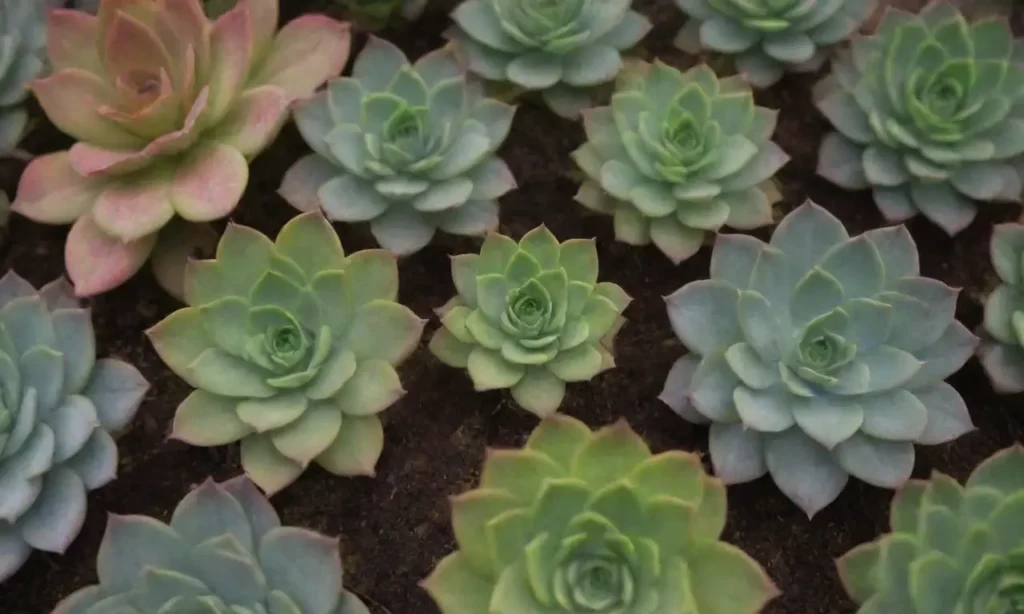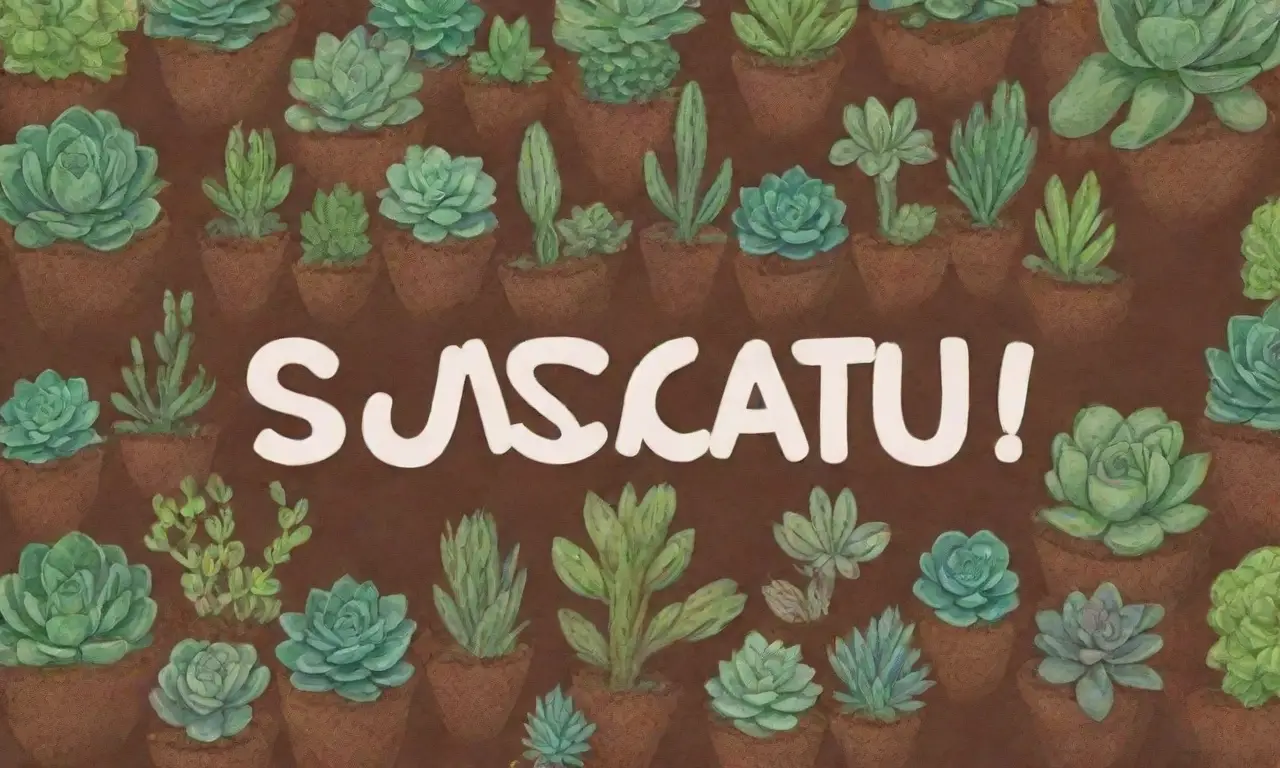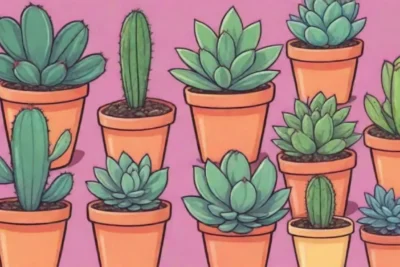
The Importance of Succulents in Sustainable Farm Practices

Introduction
As the world grapples with the challenges of climate change, there has never been a more critical time to explore sustainable farming practices. Sustainability in agriculture focuses on meeting the needs of the present without compromising future generations' ability to meet their own needs. At the heart of many innovative approaches in sustainable farming is the cultivation of succulents, a group of plants renowned for their ability to retain water and thrive in arid conditions. These unique plants not only offer aesthetic benefits but also play a pivotal role in promoting a sustainable agricultural system that respects nature and conserves resources.
In this article, we will delve into the various reasons succulents are increasingly important in sustainable farming. We'll explore their environmental benefits, how they enhance biodiversity, their role in soil health, and their economic potential for farmers looking to diversify their crops. By understanding the importance of succulents in sustainable farming, we can foster a greater appreciation for these resilient plants and their role in a more sustainable future.
Environmental Benefits of Succulents
One of the most significant advantages of succulents is their exceptional water efficiency. Succulents have developed specialized adaptations to store water in their leaves, stems, and roots, allowing them to survive in arid climates. This characteristic makes them an excellent choice for sustainable farming practices, particularly in regions where water scarcity is a pressing issue. Instead of relying solely on traditional crops that require significant irrigation, farmers can integrate succulents into their crop rotations to reduce water consumption and protect water resources.
Moreover, succulents can contribute to soil conservation efforts. Their root systems are typically shallow but widespread, allowing them to stabilize the soil and prevent erosion. By planting succulents in areas susceptible to erosion, farmers can maintain soil health and fertility. This is especially vital for combating the challenges posed by deforestation and overgrazing, which exacerbate soil degradation.
Additionally, the presence of succulents can help mitigate the impact of climate change. These plants are incredibly resilient and can sequester carbon at higher rates than some traditional crops. By incorporating succulents into agricultural systems, farmers can help reduce the overall carbon footprint of their operations, contributing to the broader fight against climate change. This aligns with the need for sustainable agricultural practices that aim not only to produce food but also to address environmental concerns.
Enhancing Biodiversity
Biodiversity is a cornerstone of sustainable farming. A diverse range of plants provides habitats for various organisms, including pollinators and beneficial insects. Succulents are no exception; they attract a range of wildlife, contributing to a balanced ecosystem. Many succulents produce vibrant flowers that draw in bees, butterflies, and other pollinators, which play an essential role in agricultural productivity.
By interspersing succulents within traditional crop fields or using them as ground cover, farmers can create a more balanced environment conducive to beneficial insects, which naturally help control pest populations. This reduced reliance on chemical pesticides promotes ecological health and enhances the sustainability of the farming practice. As pollinator populations have been declining globally, the implementation of succulents as habitats has the potential to mitigate some of these challenges.
 Succulent Conservation: A Historical Overview of Threats and Efforts
Succulent Conservation: A Historical Overview of Threats and EffortsFurthermore, incorporating succulents into farm landscapes can significantly affect the surrounding flora and fauna. The presence of these plants can help create microhabitats that support other plant species and promote interactions amongst them. The cultivation of a diverse range of plants not only aids in resilience against pests and diseases but also fosters the development of a more complex food web, leading to a stable agricultural ecosystem.
Succulents and Soil Health

The health of the soil is critical in sustainable farming and is often overlooked in traditional agricultural practices. Succulents can contribute positively to soil health in numerous ways. Firstly, their deep root systems can improve soil structure and aeration, which facilitates better water infiltration and root growth for other plants. This means that growing succulents alongside traditional crops can lead to an increase in overall crop yields.
Moreover, succulents encourage the growth of beneficial microorganisms in the soil. As these plants shed leaves and die, they add organic matter to the soil. This organic matter enhances soil fertility and helps create a nurturing environment for beneficial soil life. A healthy population of microorganisms can significantly improve nutrient cycling, enabling crops to access vital nutrients more efficiently.
Additionally, succulents are known for their ability to thrive in nutrient-poor soils. This quality allows farmers to cultivate them in areas that would typically be unproductive. By using succulents in a crop rotation system, farmers can enhance soil nutrients naturally as they decompose, which can be an effective strategy for building soil health without relying on chemical fertilizers.
Economic Potential for Farmers
In the quest for sustainability, it's vital to consider the economic viability of agricultural practices. Succulents have garnered attention in recent years not only for their environmental benefits but also for their economic potential as a cash crop. The rising interest in succulents as ornamental plants has created new market opportunities for farmers willing to diversify their offerings.
Succulents are relatively low-maintenance plants that have a long growth cycle compared to more traditional crops. This adaptability allows farmers to cultivate succulents alongside or in place of traditional crops, reducing the risk of crop failure and diversifying their income streams. Succulents can be grown in various settings, including greenhouses, nurseries, and even vertical farms, thus offering flexibility in commercialization.
 Botanical Expeditions: Discovering Succulents Across Continents
Botanical Expeditions: Discovering Succulents Across ContinentsMoreover, as consumers become more environmentally conscious, the demand for sustainable and native plants, including succulents, is on the rise. Farmers who incorporate succulents into their operations can capitalize on this growing market, potentially leading to higher profit margins. As these plants are often sought after for landscaping and home decoration, farmers can create partnerships with local garden centers, florists, and landscape designers to expand their sales opportunities.
Conclusion
In summary, the importance of succulents in sustainable farm practices extends beyond their aesthetic appeal; they serve a crucial role in promoting environmental health, enhancing biodiversity, improving soil health, and providing economic opportunities for farmers. As we continue to face the challenges of climate change and resource scarcity, the integration of succulents into agricultural systems can pave the way for innovative solutions that benefit both the Earth and the agricultural community.
Farmers and agriculturalists must recognize the multifaceted benefits of succulents as they work to adopt more sustainable practices. By prioritizing biodiversity, conserving water, and enhancing soil health through the strategic use of succulents, we can create more resilient agricultural systems that are better equipped to withstand the pressures of climate change and environmental degradation.
The journey toward sustainable agriculture is ongoing, and the incorporation of resilient plants like succulents is a promising step forward. As we move toward a future where agriculture respects and nurtures the environment, succulents will undoubtedly continue to play an essential role in our efforts to harmonize food production with ecological stewardship.
If you want to read more articles similar to The Importance of Succulents in Sustainable Farm Practices, you can visit the Succulent history category.






You Must Read